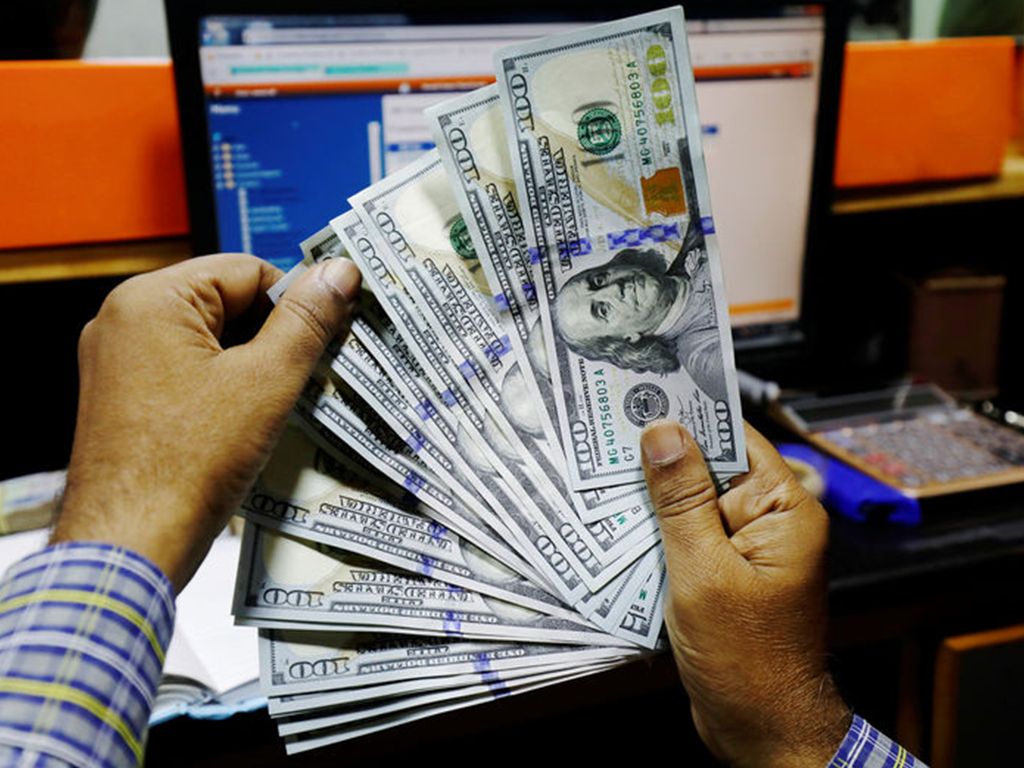Early trade in New York: dollar falls as risk appetite returns to market

The dollar fell on Tuesday as risk sentiment returned to market following better-than-expected economic data from China which painted a less gloomy picture than feared following the coronavirus epidemic there.
China's March exports fell 6.6% from a year earlier, compared with a forecast for a 14% drop, while imports fell by less than 1%, compared with a 9.5% drop predicted by economists.
"The dollar has retained a moderate softening bias amid a context of risk-on positioning and with global markets returning to full participation following the long weekends in many financial centres in Europe and Asia-Pacific. Chinese trade data for March provided bullish fodder for stock markets in Asia by showing an abatement in the rate of decline in imports and exports after the severe plunges in January and February," wrote analysts at Action Economics.
The dollar index, which measures the US currency against a basket of six rivals, fell 0.4% in North American trade to 98.99. Against the euro, the dollar weakened by 0.5% to $1.097.
The Australian dollar, which is sensitive to Chinese demand because of the country's dependence on raw materials exports, rose to a more than one-month high of 0.643 per US dollar but had retraced some of those gains to last trade at 0.641.
The Japanese yen rose versus the greenback to a two-week high of 107.20 yen.
The mood in the forex markets was pre-empted by leveraged funds, whose net short US dollar positioning in the latest week touched its largest level since May 2018, according to calculations by Reuters and US Commodity Futures Trading Commission data released on Friday.
The value of the net short dollar position was $10.5 billion in the week ended April 7, from net shorts of $9.9 billion the previous week. Speculators have been short on the US dollar for four consecutive weeks.




















Comments
Comments are closed.